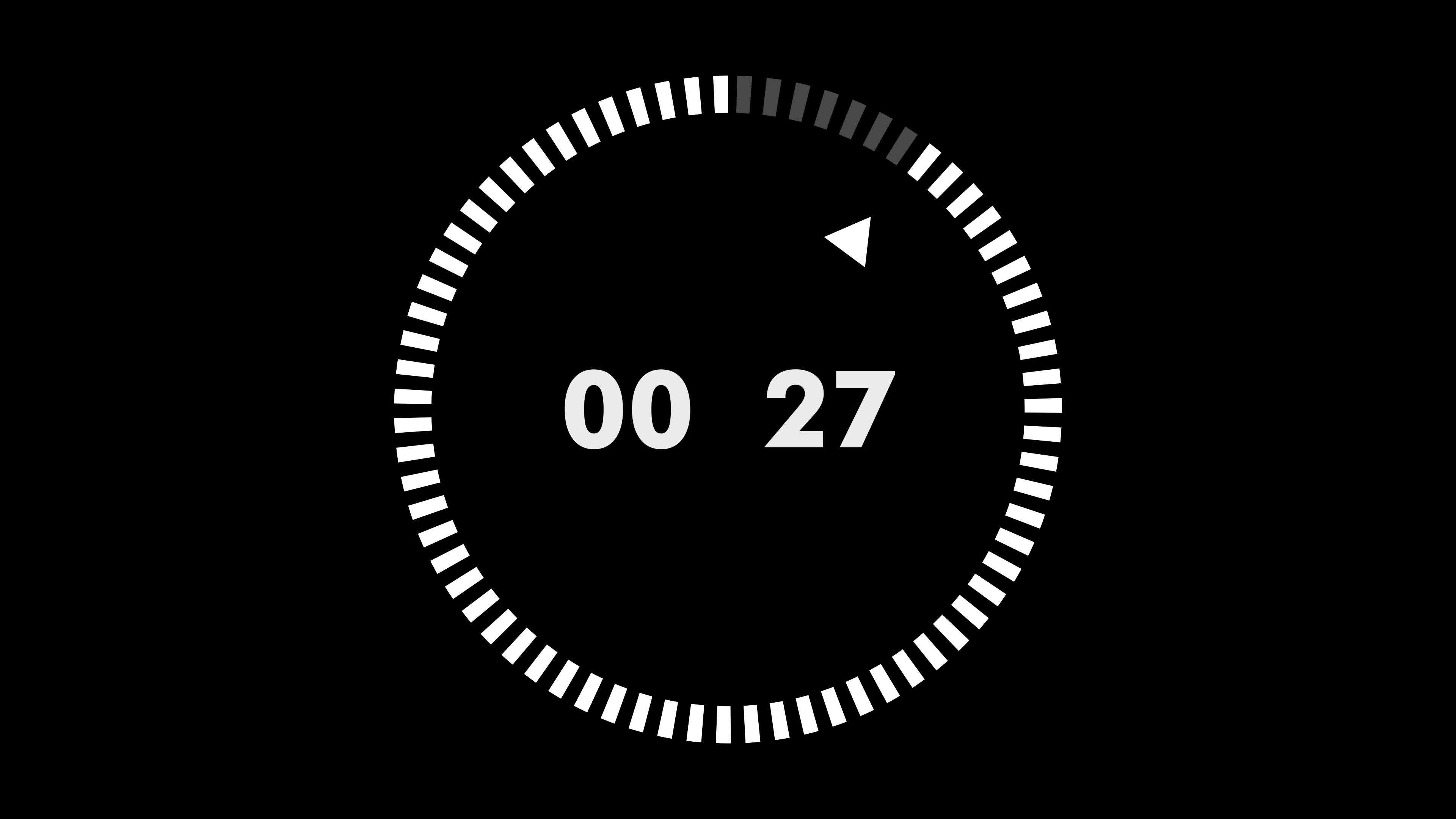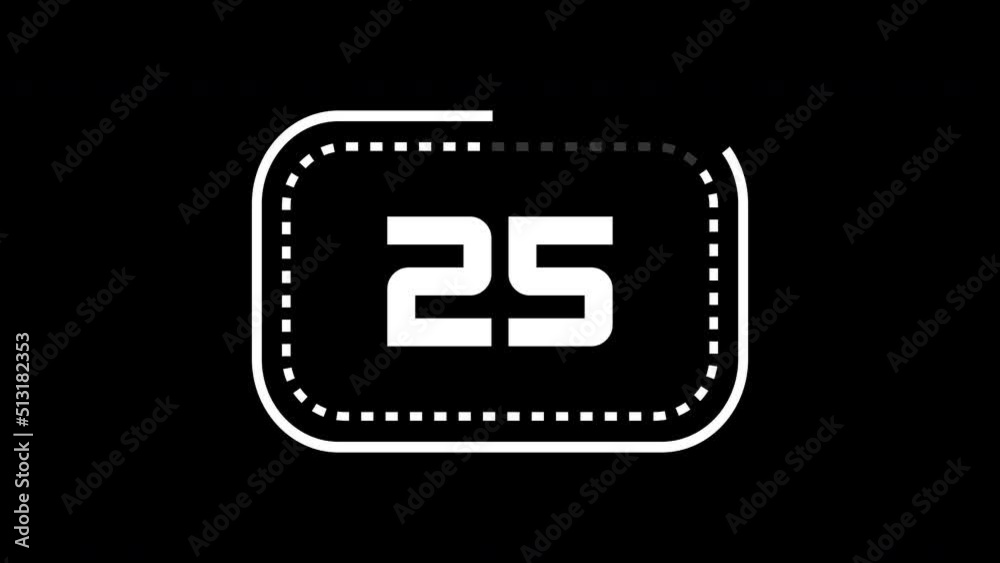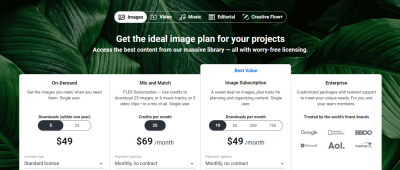If you’re into video editing, content creation, or just love adding dynamic visuals to your projects, you’ve probably come across Shutterstock‘s vast library of video loops. These short, seamless clips—often around 30 seconds long—are perfect for adding motion to websites, social media, presentations, or even as background elements in videos. They help make your content more engaging without the hassle of creating these loops from scratch. Whether you’re a seasoned filmmaker or a hobbyist, understanding what Shutterstock offers can open up a world of creative possibilities and elevate your projects to the next level.
Understanding Shutterstock’s Licensing and Free Download Options

Before diving into downloading video loops, it’s essential to understand Shutterstock‘s licensing structure. Shutterstock offers various licensing options, primarily Standard and Enhanced licenses, which determine how you can use their videos. Most videos are paid, but
- Free Trial Accounts: Shutterstock occasionally offers free trials that include access to a limited number of downloads. During these trials, you can explore and download some content without paying.
- Free Video Resources: Shutterstock’s website sometimes features free videos or loops, especially during promotional events or special campaigns. These are available for direct download and come with specific licensing terms.
- Educational and Creative Grants: If you’re a student, educator, or working on a nonprofit project, Shutterstock may offer special access or discounts—sometimes including free resources—through partnerships or programs.
It’s important to respect licensing agreements and only use free downloads as permitted. Avoid third-party tools or methods claiming to provide free Shutterstock downloads, as they often violate copyright laws and can pose security risks. Instead, leverage official channels like free trials, promotional offers, or Shutterstock‘s curated free content to legally and safely access video loops for your projects.
3. Steps to Find and Select a 30-Second Loop on Shutterstock

Finding the perfect 30-second loop on Shutterstock might seem like searching for a needle in a haystack, but once you know the steps, it becomes a breeze. Here’s how to do it:
- Visit Shutterstock’s Website: Start by heading over to shutterstock.com. Make sure you’re logged into your account, or create one if you haven’t already — it’s free to sign up!
- Use the Search Bar: Type in keywords related to the type of loop you’re after. For example, if you’re looking for a nature scene, try “nature loop,” “forest animation,” or “ocean time-lapse.”
- Apply Filters: Once the search results load, look for the filter options. Click on the “Video” filter to narrow it down to video clips and loops.
- Set Duration Filter: To find 30-second loops specifically, look for the duration filter. If Shutterstock offers this, select 30 seconds from the options. If not, you can manually check the length of each clip by clicking on it.
- Browse and Preview: Scroll through the results and preview clips by clicking on them. Shutterstock allows you to view a short preview — pay attention to loops that seamlessly repeat, as these are ideal for your project.
- Select Your Loop: When you find a clip that fits your needs, click on it to view more details. Here, you can see the clip’s length, licensing options, and download options.
Tip: Keep an eye out for clips labeled as “loopable” or “seamless,” which are perfect for creating smooth, repeating animations. Also, note that some videos might be slightly over or under 30 seconds; you can trim them later if needed.
By following these straightforward steps, you’ll be able to find a high-quality 30-second loop that suits your project’s style and mood. Now, onto the exciting part — how to get those loops for free, legally!
4. How to Download Shutterstock Loops for Free Legally
Let’s be real — Shutterstock is a fantastic resource filled with top-notch content, but most of it isn’t free. However, there are legitimate ways to get loops without spending a dime, especially if you know where to look and what to do. Here’s the scoop:
1. Use Shutterstock’s Free Trial
Many people overlook this option, but Shutterstock often offers a free trial period — usually 1 month — during which you can download a certain number of videos or images without charge. Here’s how:
- Visit the Shutterstock Free Trial Page.
- Sign up with your email and create an account.
- Choose a plan that includes video downloads (some trials are limited to images, so double-check).
- Download the loops you need within the trial period. Remember to cancel if you don’t want to continue with a paid subscription.
Note: Always read the terms of the free trial to make sure you’re complying with Shutterstock’s policies. It’s a great way to get high-quality loops without paying, at least temporarily.
2. Explore Shutterstock’s Free Resources
Shutterstock has a dedicated section for free assets, including loops, videos, and images. To access:
- Navigate to the Shutterstock Free Section.
- Filter results to find free video clips or loops.
- Preview and verify the clip’s duration — look for 30-second options or those that can be trimmed.
- Click on the free clip, and if it’s available for download, follow the prompts to save it.
These free assets are provided under specific licenses, so always check the licensing details to ensure you’re using them legally in your project.
3. Use Creative Commons Licensed Loops
Some Shutterstock videos are uploaded under Creative Commons licenses, which allow you to use them freely — as long as you follow the license terms. To find these:
- Use search filters or keywords like “Creative Commons.”
- Verify the license details on each clip’s page.
- Download and use as permitted, giving proper attribution if required.
Important: Never attempt to download content through unauthorized third-party sites or by bypassing Shutterstock’s systems. Not only is this illegal, but it also risks malware and poor-quality files. Always stick to legitimate channels, and respect licensing agreements.
In summary, while Shutterstock isn’t a free platform by default, leveraging free trials, exploring their free resource sections, and respecting licensing terms are your best bets for legally obtaining free 30-second loops. Happy editing!
5. Alternative Methods to Access Free 30-Second Video Loops
Let’s be real—sometimes, hunting down the perfect 30-second loop for free can feel like searching for a needle in a haystack. While Shutterstock is a fantastic resource, it’s not the only place to find high-quality video loops without spending a dime. So, if you’re looking to diversify your options, here are some alternative methods to access free 30-second video loops:
1. Free Stock Video Websites
There are several websites dedicated to offering high-quality stock videos at no cost. Some popular options include:
- Pexels Videos – Offers a wide range of free clips, including loops, that you can use without attribution.
- Pixabay – Provides a vast library of videos, many of which are perfect for looping projects.
- Videvo – Features free stock footage, though some clips may require attribution.
- Coverr – Focuses on beautiful, professional-quality videos suitable for various projects.
These sites often have filters to help you find short clips or looping videos specifically. Just be sure to check the licensing details before downloading and using the videos in your projects.
2. Creative Commons and Public Domain Resources
Another avenue is to explore videos licensed under Creative Commons or in the public domain. Websites like CC0 Images or Public Domain Vectors sometimes host video content that you can freely reuse, modify, and incorporate into your work.
Always double-check the license to confirm it allows for your intended use—especially if it’s commercial or requires modifications.
3. Social Media and Video Sharing Platforms
Platforms like Instagram, TikTok, and Vimeo are treasure troves of creative videos. While these are primarily meant for sharing short clips, some creators upload loops or short videos that could be repurposed with permission. Reach out to creators for permission if you find something perfect, and always give credit where it’s due.
4. Create Your Own Loops
Feeling creative? Why not make your own loops! Use basic video editing software like iMovie, DaVinci Resolve, or even mobile apps to trim, loop, and customize footage. This way, you get exactly what you need, and it’s 100% original.
In the end, exploring these alternatives can broaden your creative toolkit and help you find the perfect 30-second loop—without breaking the bank or violating copyright.
6. Tips for Using Shutterstock Loops Effectively in Your Projects
Now that you’ve got your hands on some great loops—whether free or purchased—how do you make sure they shine in your project? Here are some practical tips to help you use Shutterstock loops effectively:
1. Choose the Right Loop for Your Theme
Start by selecting loops that match the mood, color palette, and overall vibe of your project. A vibrant, energetic loop works differently than a calm, minimalist one. Pay attention to the visual elements and ensure they complement your content seamlessly.
2. Pay Attention to Loop Length and Seamlessness
While most Shutterstock loops are around 30 seconds, check if they are seamlessly loopable. Some loops are designed to repeat smoothly, making transitions invisible to the viewer. If a loop isn’t seamless, consider editing it to create a more fluid experience or choosing a different clip.
3. Use Editing Software for Customization
Leverage tools like Adobe Premiere Pro, Final Cut Pro, or even free options like HitFilm Express to tweak your loops. You can adjust speed, add filters, overlay text, or combine multiple loops to create a dynamic sequence tailored for your project.
4. Maintain Consistent Visual Style
To ensure your project looks cohesive, match the color grading and filters across all elements, including your loops. Consistent lighting and color tones make your final product look polished and professional.
5. Mind the Audio
If your loop contains sound (some Shutterstock loops do), consider whether you want to keep, replace, or mute it. For visual projects like social media videos or presentations, background music or narration often works better than the original sound.
6. Optimize for Your Platform
Different platforms have different video specifications. Make sure to export your final video in the appropriate format, resolution, and aspect ratio for Instagram, YouTube, or whatever platform you’re targeting. This ensures your loop looks crisp and professional.
By following these tips, you’ll be able to incorporate Shutterstock loops into your projects smoothly and effectively—making your content more engaging and visually appealing. Happy editing!
Conclusion and Best Practices for Downloading and Using Shutterstock Video Loops
Downloading and utilizing Shutterstock video loops can enhance your creative projects when done responsibly. To ensure a smooth experience and maintain ethical standards, always adhere to Shutterstock’s licensing terms and avoid unauthorized use. Before downloading, verify the license type to confirm the permitted usage, especially if you plan to use the loop commercially. When searching for loops, consider using specific keywords such as “30-second loop” or “free video loop” to streamline your selection process.
Here are some best practices to keep in mind:
- Use legitimate sources: Always download from official platforms like Shutterstock to avoid copyright issues.
- Check licensing details: Understand whether the clip is royalty-free, requiring attribution, or has restrictions on redistribution.
- Optimize video files: Compress or convert files if needed to ensure compatibility with your editing software without compromising quality.
- Respect attribution requirements: If attribution is necessary, include proper credits in your project.
- Keep records: Save proof of licensing and download details for future reference or legal purposes.
By following these guidelines, you can confidently incorporate Shutterstock video loops into your projects, ensuring legality and professionalism. Remember, responsible usage not only protects your work but also supports creators and platforms that provide valuable content for digital media.


